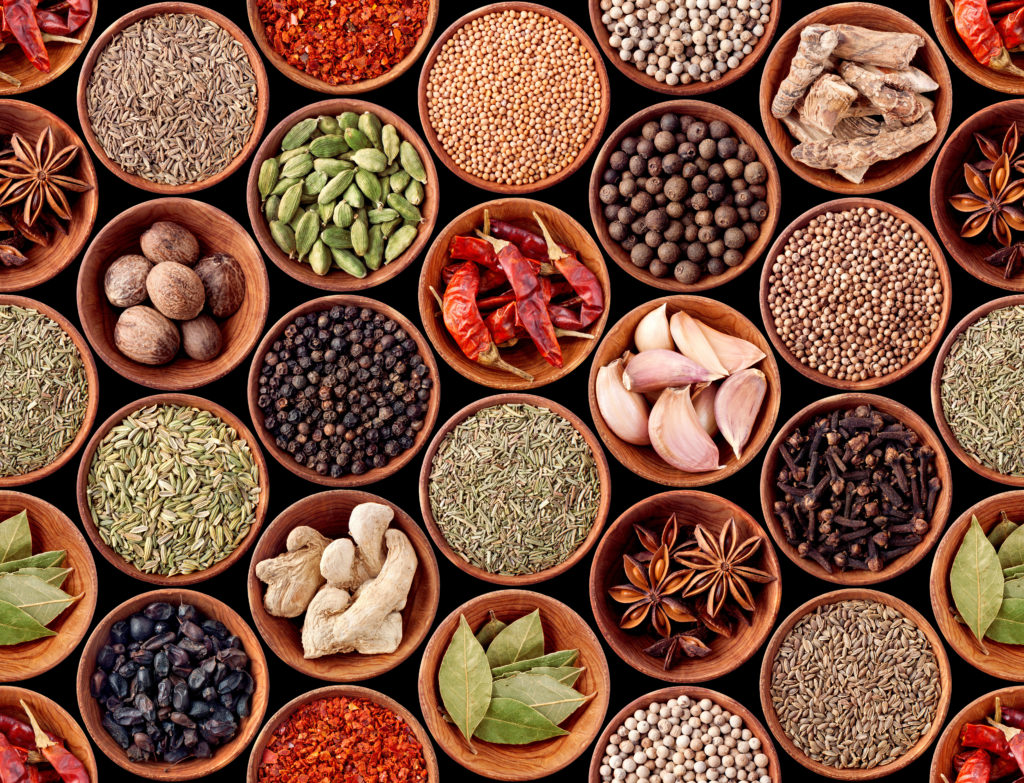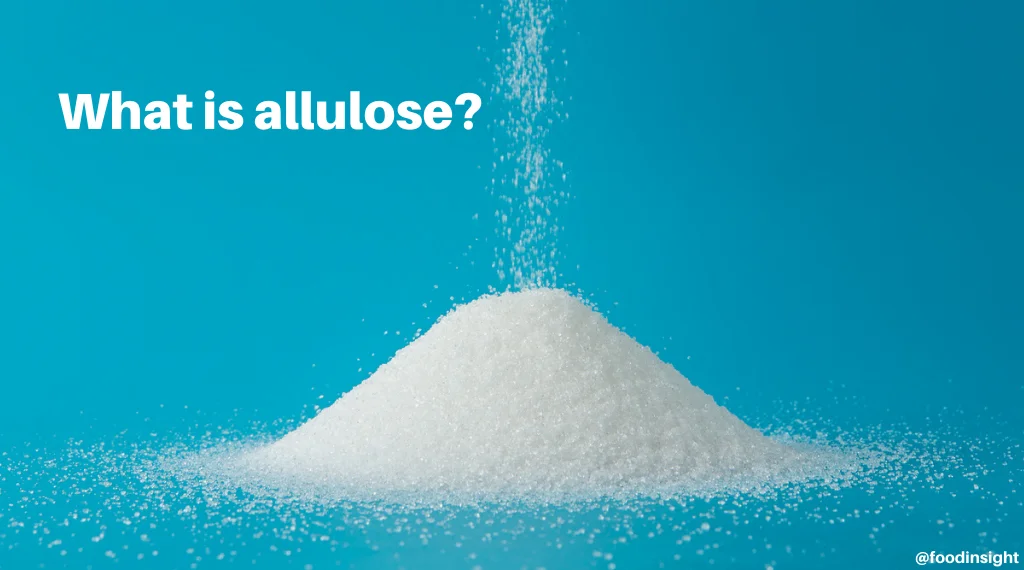
The term “chemophobia” is defined as an aversion to or prejudice against chemicals or chemistry. It also refers to an exaggerated or irrational distrust of certain foods, including food ingredients or food additives. Over the past several years, food companies and the media have perpetuated chemophobia amongst consumers by declaring the removal of certain ingredients or additives from their products. These announcements are typically not based on safety reasons but rather because the scientific name(s) of ingredient(s) are unfamiliar or sound intimidating. The fact is, while consumers have every right to avoid certain foods or ingredients based on personal preference, there’s no reason to be fearful of them. All components of food are safe and regulated by government authorities responsible for protecting public health. Let’s take a look at the truth behind claims that certain ingredients are “scary” or “unclean” and conquer chemophobia once and for all.
- The term “clean” is appropriate after washing dirt off your produce, not when interpreting labels. Regardless of the length of ingredient lists or the way ingredients sound, foods that contain unfamiliar ingredients or additives are not “dirty.” In fact, in many cases they help ensure that foods are safe to eat and free of pathogens that could cause foodborne illness. The trend of using the term “clean” to describe a diet that is free of additives has not only created a misconception that it is a safer way of eating, but it is also now falsely associated with positive health outcomes such as weight loss. The truth is that reducing the amount of calories consumed, not the amount of ingredients or additives, is what helps produce weight loss.
- Food science is beneficial, and shouldn’t scare you. One common tactic used by groups to paint food ingredients and additives in a negative light is to suggest their names should scare us. Ingredients like xanthan gum, titanium dioxide and sodium phosphate may sound odd, but oftentimes additives are named based on their original sources, such as minerals, salts, or other naturally-occurring substances. What’s more, these additives play important technical roles in foods, such as enhancing their nutritional value, improving texture or consistency, making foods more convenient to prepare, extending shelf-life, and contributing to a more sustainable food supply. A quick online search can help you identify where an ingredient’s name originates and what purpose it serves in a food.
- All foods are complex, meaning they contain many
- naturally-occurring ingredients. In 2013, James Kennedy, a renowned chemistry teacher and blogger, published a poster series called the “All-Natural Banana.” This series showed the abundance of chemicals and ingredients that occur naturally in foods and fruits enjoyed by consumers every day. A banana, for instance, naturally contains over 50 ingredients that include maltose, proline, tyrosine and myristic acid. In this series, Kennedy addressed the fact that natural foods are typically more chemically complicated than foods considered to be manufactured or processed. Some of these naturally-occurring ingredients may be potentially harmful if consumed at extremely high levels, but the government prevents this by regulating the levels of ingredients food companies are allowed to use. Further, these ingredients are not consumed alone in concentrated forms, but instead in the context of a total diet.
- Only “food-grade” ingredients can appear in foods. A common fear promoted by self-described health “experts” is that if an ingredient appears in a nonfood item, it has no business in foods. What these individuals fail to recognize is that some ingredients have different grades depending on the application. For example, an “industrial-grade” phosphate is produced under different conditions than a “food-grade” phosphate and is not allowed to be used in foods. Phosphate food ingredients must be made under strict manufacturing conditions directed by the laws enforced by the US Food and Drug Administration (FDA) and other regulatory agencies.
- A long ingredient list doesn’t determine the healthfulness of foods. Governing agencies not only regulate the safety and content of foods, but also how their ingredients appear on labels. For example, the FDA requires that the ingredient list baking powder includes all sub-ingredients, which looks like this: baking powder (sodium bicarbonate, sodium aluminum sulfate, cornstarch). Imagine how long an ingredient list for a whole grain baked item would be! By law, nutrient-dense products with a combination of ingredients and flavors are obligated to include long, scientific-sounding ingredient lists.
The bottom line: Not recognizing or knowing the origin of an ingredient name should prompt curiosity, not fear, since the consumer safety of food ingredients is determined and monitored by qualified scientists and government agencies. Do your own research about ingredients you may not be familiar with and base your opinions on high-quality, peer-reviewed scientific studies, not marketing campaigns. Don’t let chemophobia determine what foods you should or shouldn’t eat, or hold you back from eating the foods you enjoy!



